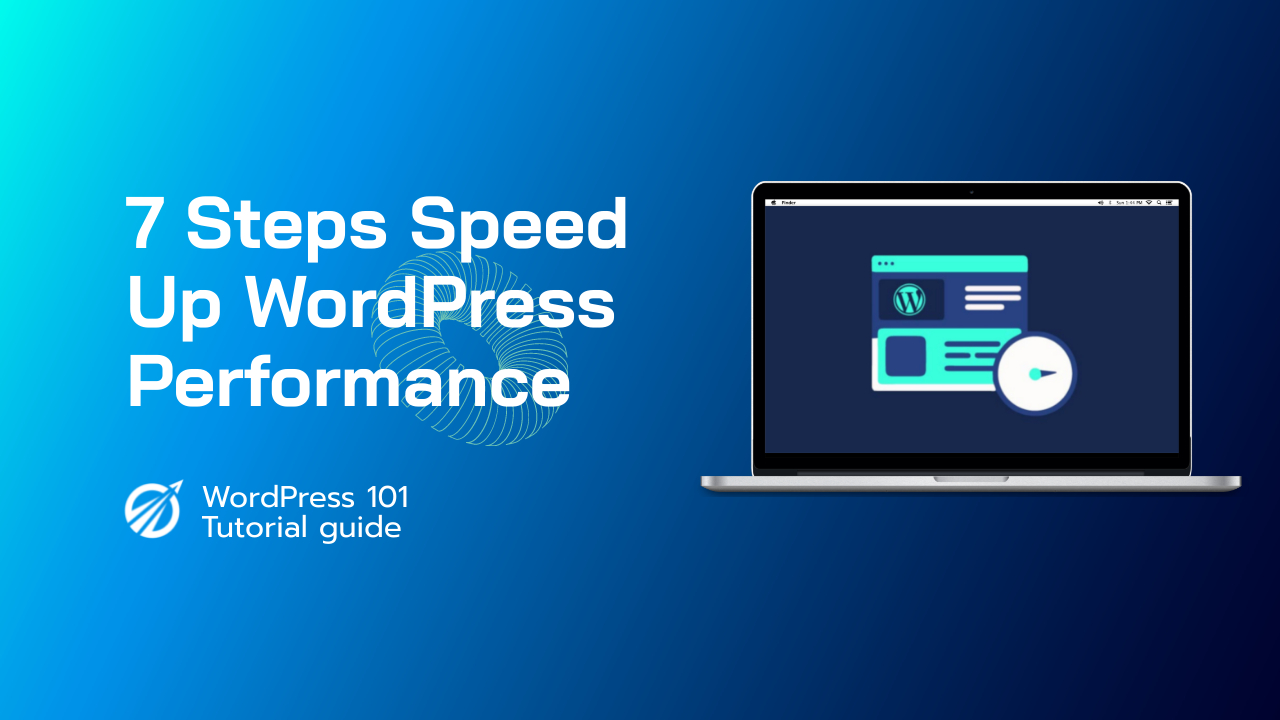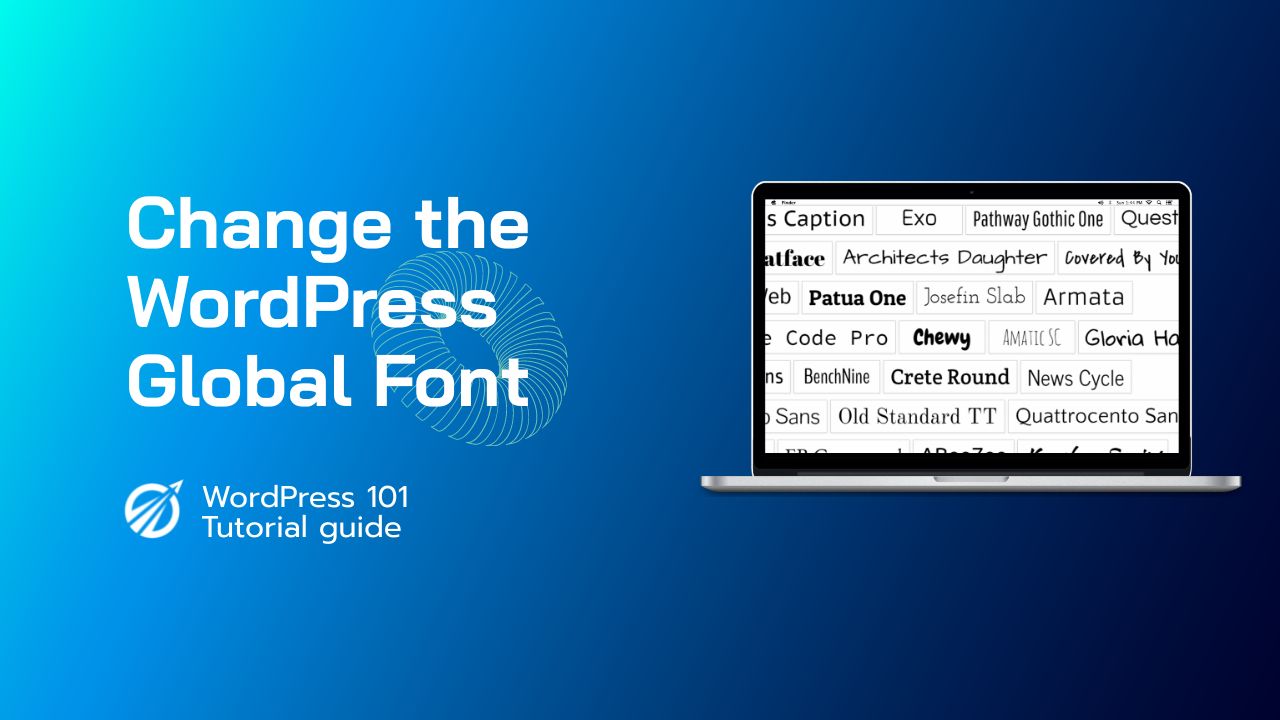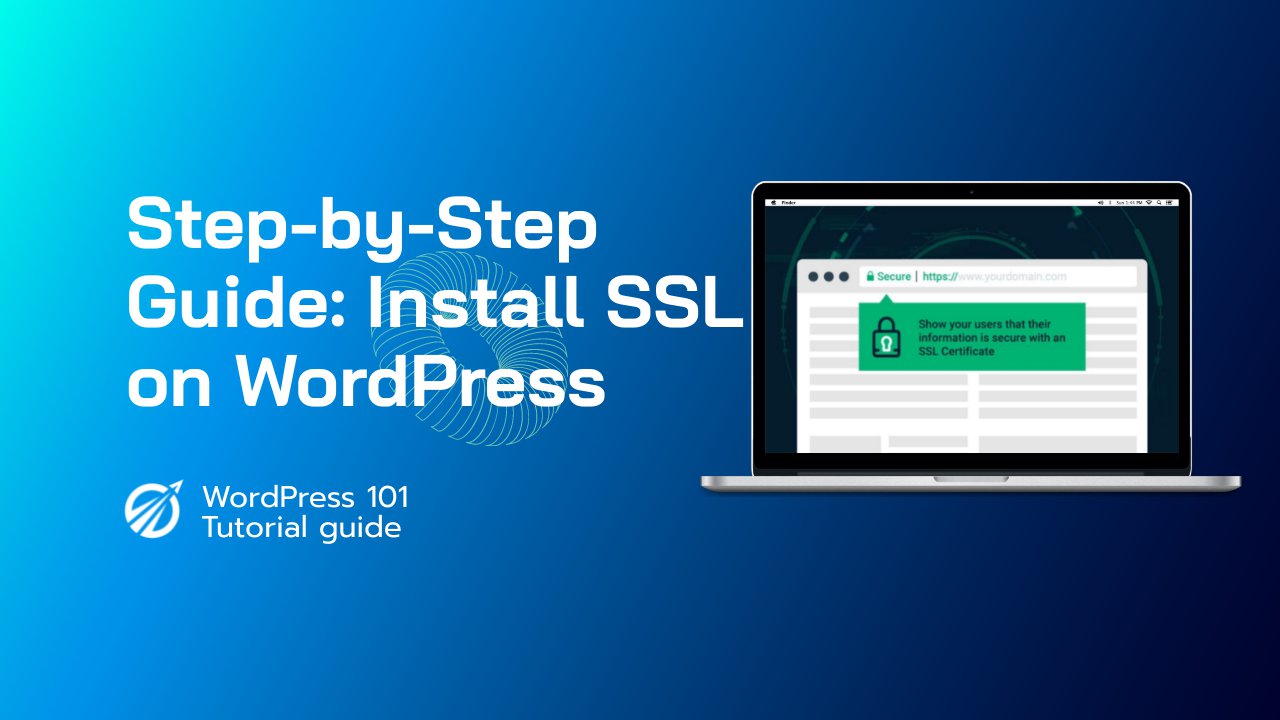In this digital age, website speed is crucial for a positive user experience and better search engine rankings. A high-speed WordPress site improves user engagement and has the potential to earn you more conversions. In this article, we will discuss seven essential steps you can take to ensure your WordPress site performs at its best. Follow these steps, and you’ll be well on your way to having a high-speed site that visitors love!
Table of Contents:
- Choose the Right Hosting Provider
- Use a Lightweight Theme
- Optimize Images
- Enable Caching
- Utilize CDN Services
- Minify and Combine CSS and JavaScript Files
- Monitor and Fix Broken Links
Choose the Right Hosting Provider
Your hosting provider plays a significant role in your website’s performance. When choosing a hosting provider, consider their reliability, speed, and support. Keep in mind the following factors:
Shared vs. Managed Hosting:
Shared hosting is a cost-effective solution, but it may result in slower site performance due to limited resources shared with other sites. Managed WordPress hosting, on the other hand, is specifically optimized for WordPress sites and offers better performance and security. However, this option comes at a higher price.
Server Location:
Choose a hosting provider with server locations near your target audience. This ensures faster page load times due to decreased latency between the server and the user.
Scalability:
As your website grows, you may require more resources. Ensure your hosting provider can scale up their services to accommodate your site’s growth.
Use a Lightweight Theme
A theme affects your site’s appearance, but it can also impact its performance. Choose a lightweight theme that offers speed and simplicity without sacrificing design.
- Opt for a minimalist design: A simpler design reduces the number of resources required to load the page.
- Avoid excessive features: Too many features in a theme can slow down your website. Choose a theme with only the essential elements needed for your site.
- Check for mobile responsiveness: Ensure your theme is responsive, as mobile-friendliness is a crucial factor in user experience and search engine rankings.
Optimize Images
Images contribute to your website’s visual appeal but can also cause slow-loading pages. Optimizing images is necessary for improving site performance. Below are some key pointers:
- Compress images: Use an image compression tool to reduce file sizes without compromising quality.
- Choose the correct file format: JPEG is suitable for photographs, while PNG works best for illustrations and logos with transparent backgrounds.
- Utilize lazy loading: By employing lazy loading, images only load once the user scrolls to them, reducing the initial load time of your site.
Enable Caching
Caching stores static versions of your website’s content and serves them to visitors. This saves server resources and reduces page load times.
Browser Caching:
Enable browser caching to store static content on users’ devices, reducing the number of requests needed to load a page.
Server Caching:
WordPress caching plugins, like WP Super Cache or W3 Total Cache, generate static HTML files or cache objects to improve website performance.
Utilize CDN Services
A Content Delivery Network (CDN) speeds up your WordPress site by serving content from a network of servers distributed globally. When a user visits your site, the CDN serves the content from the nearest server, reducing latency.
Benefits of using a CDN:
- Reduced latency and faster load times
- Improved website performance
- Better user experience and SEO rankings
Some popular CDN providers include Cloudflare, KeyCDN, and Amazon CloudFront.
Minify and Combine CSS and JavaScript Files
Minification and combining CSS and JavaScript files reduce the number of HTTP requests, resulting in improved website performance.
Minification:
Minification removes unnecessary characters like whitespace, comments, and line breaks from CSS and JavaScript files, reducing their size.
Combining Files:
Combining multiple CSS and JavaScript files into a single file reduces the number of HTTP requests needed to load a page.
You can use caching plugins like W3 Total Cache or WP Rocket to minify and combine files.
Monitor and Fix Broken Links
Broken links are not only annoying for users but also negatively impact your site’s SEO rankings. Regularly monitoring and fixing broken links helps maintain a healthy website.
Use a broken link checker:
Plugins like Broken Link Checker can automatically identify broken links on your site and notify you, allowing you to fix them quickly.
Fix broken links:
Once you’ve identified broken links, you can update or remove them to enhance your website’s performance and user experience.
By implementing these seven essential steps, you can significantly improve your WordPress site’s performance. Remember, a high-speed website not only enhances user experience but also leads to better search engine rankings and increased conversions. Give these steps a try and watch your website’s performance soar!



















